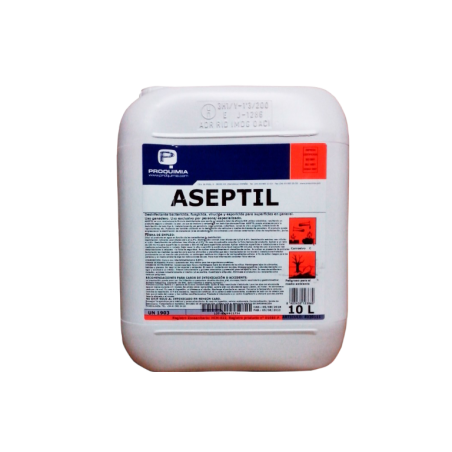Colonization of the environment of pig-growing units by pathogenic microrganisms is an important factor in development of endemic diseases in pigs and, in spreading of zoonotic diseases. These pathogens are mostly controlled by the use of antibiotics and disinfection during vacancy. Because, the past years an increasing resistance against these measures is noticed, alternative methods such as competitive exclusion (CE) are promoted as promising. In this study the effect of a CE protocol on the bacterial infection in pig- growing units was compared to a classical cleaning and disinfection (C&D) protocol.
This study was carried out in 6 identical nursery units at the experimental pig farm of ILVO during three successive production rounds. Three units were assigned to the control group (classical C&D protocol) and three to the treatment group (CE protocol). After six weeks, piglets were transported to fattening units and pens were cleaned (and disinfected) according to the test protocols. CE protocol consisted of cleaning (no disinfection) after loading piglets and spraying probiotic bacteria ( Bacillus spp. spores) during vacancy and production. The cleaning product also contained Bacillus spores. Sampling was performed at different time-points: immediately after pig loading (manure still present); 24 hours after cleaning (CE units) or after disinfection (control units); after one week and five weeks of production (piglets present). At each time point, swab samples for analyses were taken. Enumerations of bacterial spores, Enterococcus spp., E. coli , fecal coliforms and MRSA and detections of E. coli, fecal coliforms and MRSA were performed. Next to bacterial analyses, also feed conversion and fecal consistency was monitored.

This study showed that, although probiotic spores were administered well, the analyzed bacteria were not decreased after three production rounds in CE units and remained on the same level as the control units (C&D). Also, the infection pressure in CE units during vacancy was not as much reduced as after the disinfection-step in control units. Finally, no differences in feed conversion and fecal consistency were found. These results indicate that the used CE protocol is not a valuable alternative for classical C&D.
Luyck, K. ; Millet, S.; Van Weyenberg, S.; Herman, L.; Heyndrickx, M.; Dewulf, J. and De Reu, K. Is competitive exclusion a valuable alternative for classical cleaning and disinfection of pig-growing units? Safepork 2015 Proceedings Book: Epidemiology and control of hazards in pork production chain – SAFEPORK, One health approach under a concept of farm to fork.





